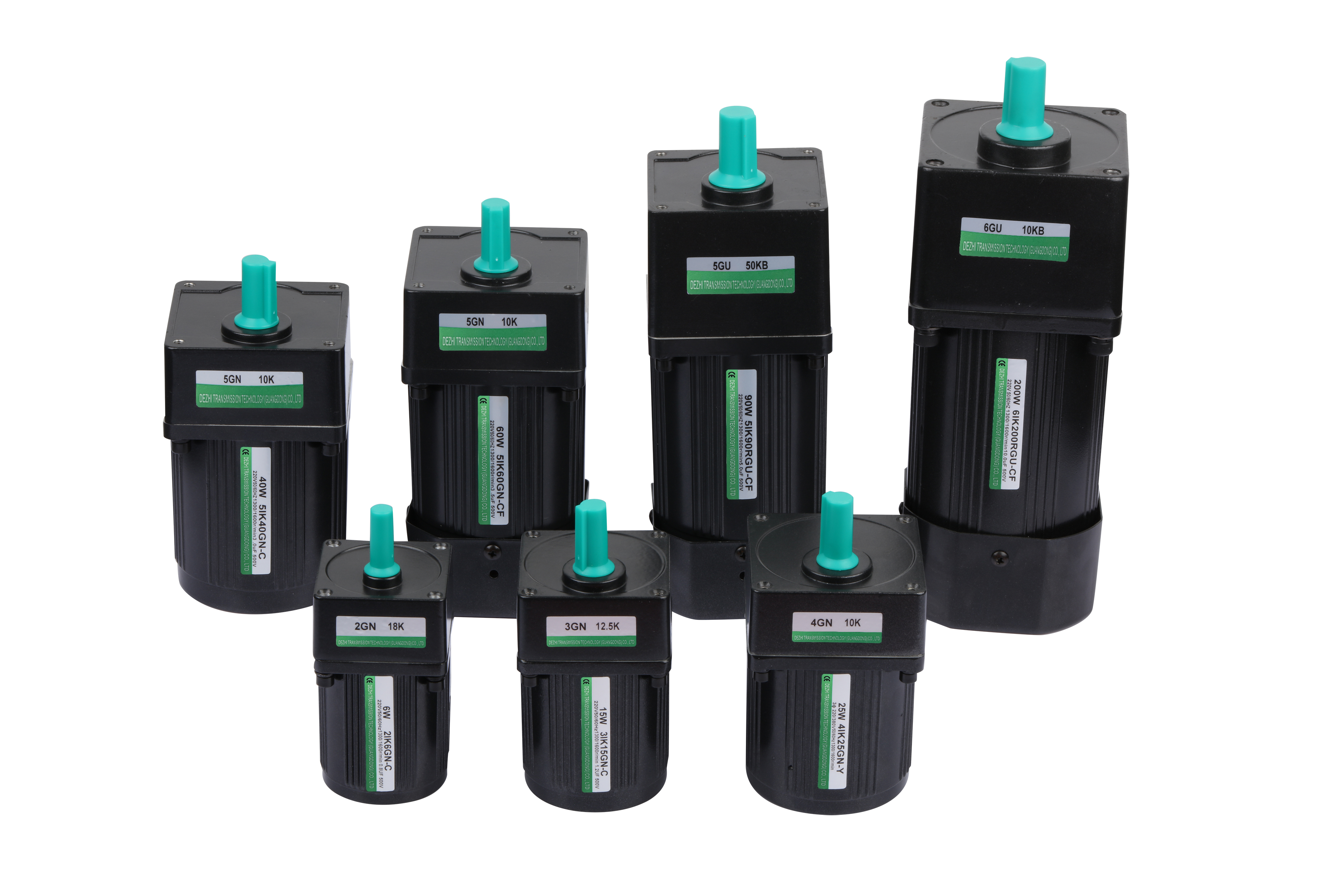Source:Industry News Release time:2022-12-16 Clicks:0 Popular:Reduction motor manufacturer

The viscosity of reducer lubricating oil is mainly achieved through base oil and viscosity index improver. The viscosity of a lubricating oil is related to its molecular structure and molecular weight: the greater the average molecular weight, the greater the viscosity of the oil. In terms of base oil, mineral oil-type lubricating oils include lubricating oils refined from white wax base crude oil, smooth oils refined from naphthenic base crude oils, and smooth oils refined from intermediate base crude oils. The viscosity-temperature function of the lubricating oil refined from white wax-based crude oil is better than the other two. A good tackifier requires not only high tackifying ability and good shear stability, but also excellent low-temperature functionality and thermo-oxidative stability.
Viscosity index agents with poor shear stability will have a series of effects on wear, fuel consumption, etc. due to the breakage of the main chain of the polymer and the reduction of molecular weight under the action of shear stress. For lubricating oils with the same viscosity brand, if unrefined base oil and an agent with a poor viscosity index are used, although a certain viscosity standard can be achieved after preparation, the viscosity-temperature performance, shear stability and other functions are not safe and cannot meet the requirements. Some life cycles. Therefore, for low-speed and heavy-duty cement reducers, try to avoid using this kind of lubricating oil and choose high-quality lubricating oil because its base oil and adhesive are better.
The higher the viscosity of the reducer gear oil, the stronger the maintenance ability to prevent damage to the tooth surface, so the wear of the reducer is smaller. However, if the viscosity is too high, the abrasive particles will not easily settle, which reduces the flushing and heat-absorbing cooling effects of the lubricating oil on the tooth surface, resulting in poor lubricity. The wear particles suspended in the oil enter the meshing area together, easily causing abrasive wear. In addition, excessive viscosity will increase transmission resistance, tooth surface temperature and power consumption.
Recommended reading
Related Information
CGX142
2021-01-13Planetary reducer
2020-12-21Stepper motor
2020-12-21Right angle motor
2020-12-21CGXZ060
2021-01-13CGX115
2021-01-13CGXZ085
2021-01-13CGXK115
2021-01-13CGX042
2021-01-13Planetary reducer
2020-12-21CGH-090L1-10-P1
2020-12-21Speed motor
2020-12-21Stepper motor
2020-12-21CGXK060
2021-01-13Brake motor
2020-12-21CGX085
2021-01-13Planetary reducer
2021-04-15Stepper motor
2020-12-21